Platinum, a precious metal with a high melting point, corrosion resistance, and conductivity, is vital in automotive catalysts, electronics, chemical processes, and jewelry.
However, since natural platinum is relatively rare in nature in a free state, it is mainly extracted from sperrylite.
About sperrylite
Sperrylite belongs to a type of natural platinum ore. The following is a detailed description of its characteristics, geographical distribution, and mining status.
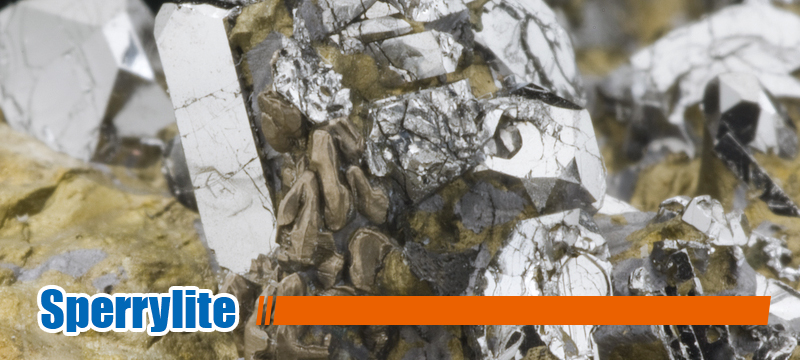
Characteristics of sperrylite
Sperrylite ore is a tin-white sulfide platinum mineral that often coexists with arsenic sulfide and iron sulfide. It has a gray streak and metallic luster, a Mohs hardness of 6–7, and a specific gravity of 10.58.
Sperrylite is known for its chemical stability and platinum content of up to 56.58%. It is the main source of high-purity platinum, ensuring a high recovery rate and purity.
Geographical distribution
Sperrylite ore is mainly distributed in the specific platinum deposits in Russia, South Africa, and North America. Among them, the Bushveld Complex in South Africa is the world’s largest platinum mine resource reserve.
Platinum mining
Due to the rarity of sperrylite, mining platinum activities are relatively limited and concentrated, with South Africa, Russia, and Zimbabwe accounting for 97% of the global total production. Environmental protection and sustainable use of resources must be considered during the platinum manufacturing and mining process to avoid damage to the ecosystem.
How do you get platinum from sperrylite?
Platinum processing is complex, requiring different platinum machinery based on specific needs. However, the initial stage of mineral processing remains the same.
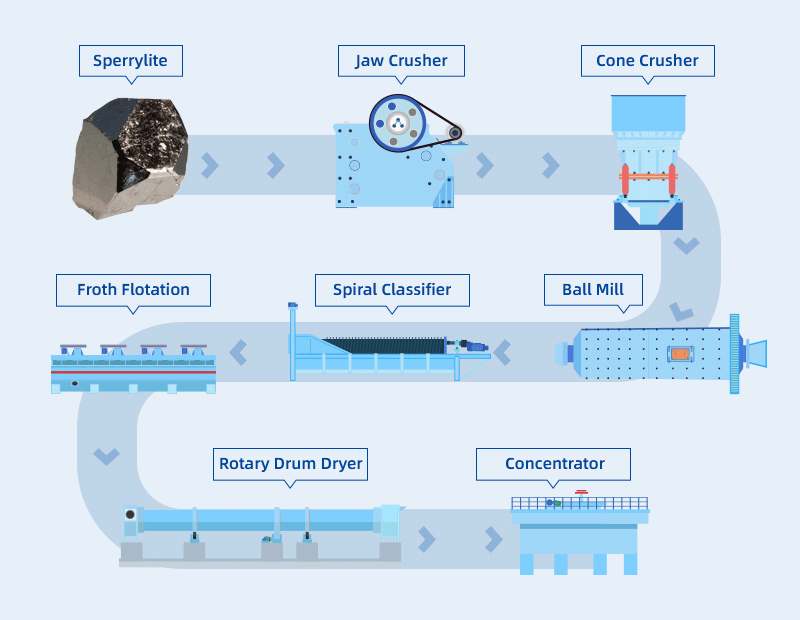
Step 1: Crushing platinum
1. Preparation before crushing
A two-stage open-circuit crushing process is adopted. Before crushing platinum, inspect the sperrylite to remove unsuitable materials and debris to ensure smooth crusher operation.
2. Primary crushing
Sperrylite is first crushed by a jaw crusher to break large ore pieces. Jaw crushers are commonly used for primary platinum crushing due to their simple structure, easy operation, and low maintenance cost.
3. Fine crushing process
After the coarse crushing, the material enters the cone crusher for fine crushing, so the material particle size reaches less than 30 mm. This step ensures the material particle size is uniform, preparing it for the next processes.
4. Final product
After the above steps, the sperrylite material has a uniform particle size and moderate fineness, which can improve the recovery rate of the mineral and the quality of the concentrate.
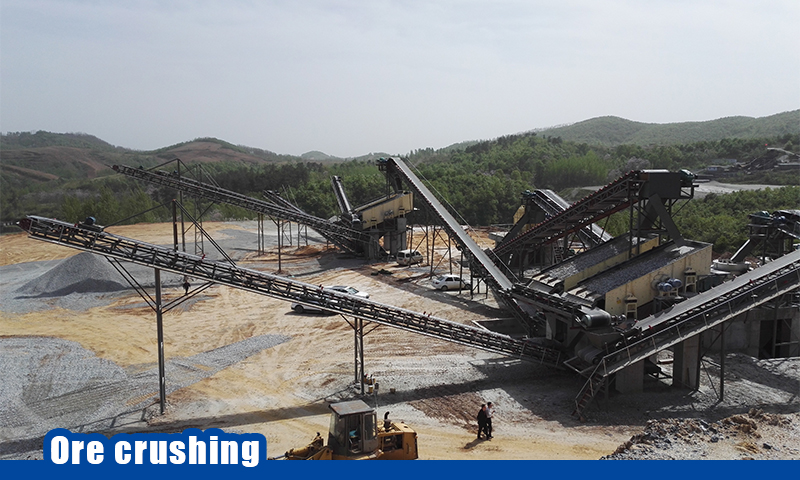
Step 2: Grinding
Using a one-stage grinding process, the crushed ore enters the ball mill for fine grinding, to make platinum ore reach a particle size suitable for flotation.
1. Grinding
After crushing sperrylite to the desired fineness, it is evenly fed into the mill, where it is ground by the grinding medium (e.g., steel balls or rods). This process increases the ore's contact with the grinding medium, improving mineral processing efficiency.
2. Grinding fineness control
Grinding fineness is vital for the subsequent mineral processing, ideally at -200 mesh (less than 0.074 mm), comprising 72%–73% of the product. This particle size distribution is controlled by adjusting mill parameters such as grinding medium filling rate and grinding time.
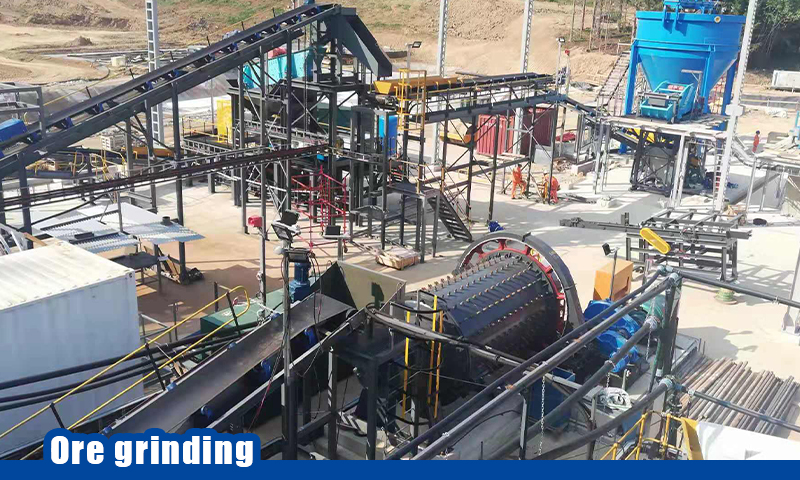
3. Classification
The spiral classifier uses the principle that solid particles with different specific gravities settle at different speeds in liquid to clean and classify the platinum ores mixture. The classification overflow concentration is 33%.
Step 3: Flotation process
Sperrylite's hydrophobic nature allows it to attach to bubbles and the fine-grained sperrylite ore is often found alongside copper and nickel-sulfur minerals. This property makes the flotation process the primary method used in platinum processing.
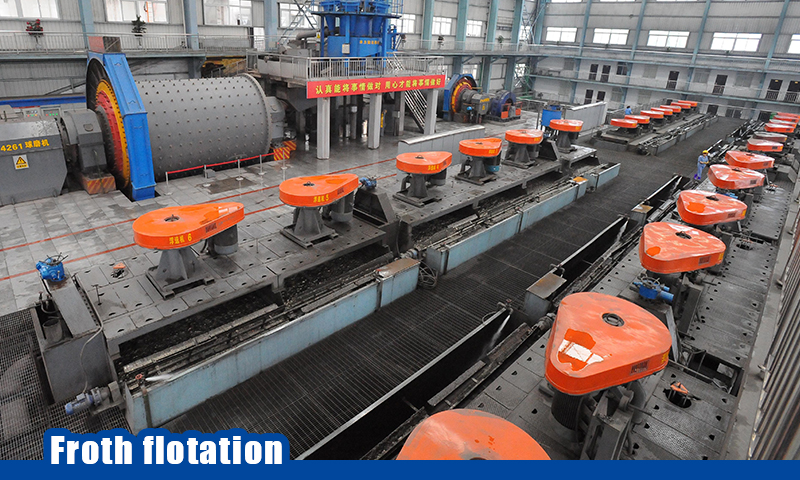
Flotation process:
- 1The ground pulp is first pretreated, the pH value is adjusted to 5, and the temperature is 25℃.
- 2Add flotation reagents, such as regulator (lime, sodium carbonate, sulfuric acid or ammonium sulfate), foaming agent (pine oil or cresol acid), collector (butyl xanthate or butyl ammonium black medicine), activator (copper sulfate), and inhibitors for gangue and mud minerals (water glass, sodium hexametaphosphate, carboxymethyl cellulose or starch).
- 3The flotation process is carried out in a flotation machine. The platinum-containing minerals are attached to the bubbles and float up through aeration and stirring to form an enriched foam layer, and then the useful foam is scraped out with a scraper.
Step 4: Drying
After the enriched foam is processed by the concentrator, although the concentration of platinum is increased, it still has a high water content, so it needs to be dried to reduce the moisture content and facilitate subsequent smelting.
The rotary drum dryer is an industrial drying equipment. Its working principle is that the material rotates and disperses in the inclined cylinder, and the hot air contact promotes the evaporation of water. At the same time, the material moves forward to complete the drying.
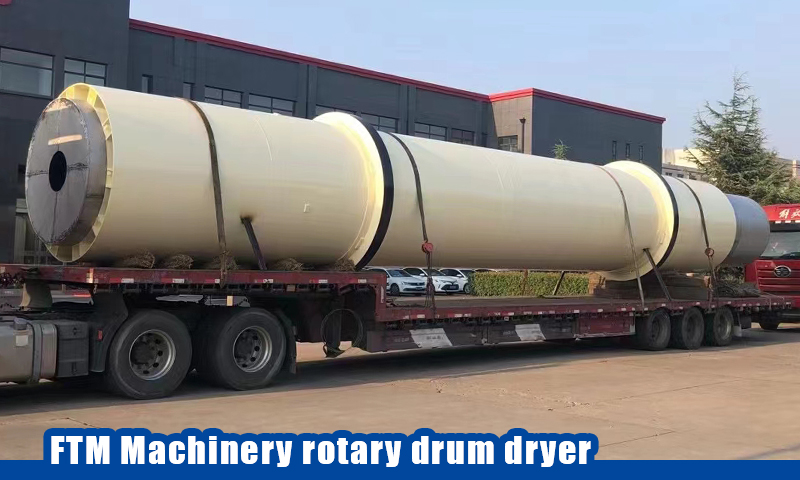
FTM Machinery rotary drum dryer is popular for its ease of operation, high drying efficiency, durability, and energy savings. The drying temperature can reach 800°C, making the moisture content of platinum ore be reduced to 0.5%–1% and the particle size is below 8 mm.
Step 5: Tailing treatment
The environmental impact of platinum production is a critical concern that the industry must address. In arsenic-platinum ore tailings, arsenic mainly exists in the form of sulfides, oxides, arsenates, etc.
Among them, stable arsenic is less harmful to the environment, while active arsenic may be released into the surrounding water and soil, causing damage to the ecological environment.
Therefore, tailings treatment is required, usually through concentration, filtration, and storage to prevent environmental pollution and ecological damage. A high-quality concentrator can help you improve the platinum process.
What is platinum used for?
The refined platinum is known for its excellent electrical conductivity and corrosion resistance and is therefore used in a variety of industries.
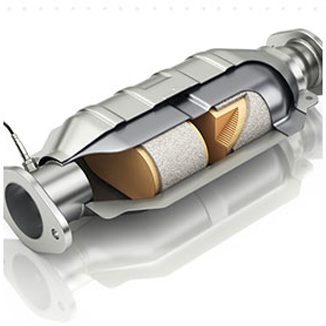
Platinum, a superior catalyst in industry and vehicles, is used in converters to cut emissions, averaging 3g–7g in a standard converter.

Platinum is very popular in the jewelry industry and is often used in engagement rings to express the purity and longevity of love.
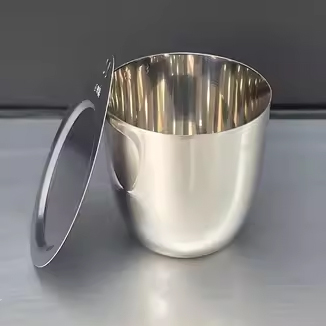
In the glass industry, platinum crucibles are used to melt and process molten optical instruments and special-purpose glass.
Customer case
FTM Machinery flotation machine is widely welcomed by the global customers for its excellent quality, extremely high-cost performance, and perfect after-sales service.
| Country | Ore type | Grade of raw sperrylite | Grade of sperrylite concentration | Sperrylite recovery rate |
|---|---|---|---|---|
| South Africa | Sperrylite | 0.5% | 40% | 75% |
According to the characteristics of the ore, FTM Machinery adopts a process of one roughing, one cleaning, and two scavenging.
The final concentrate grade can reach 40% and the recovery rate can reach 75%. While ensuring the concentrate grade, it also improves the comprehensive recovery rate of the platinum process.



